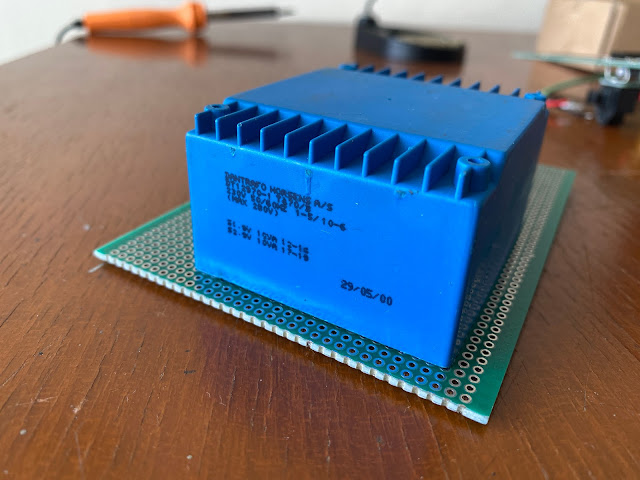When I was build a DAC using PCM63, it always in the oversampling method using SM5813 IC. The reason is simply I was comfortable with this design and it is guarantee to work very well.
But I often think if I can try in the non-oversampling method with this specific DAC. Probably because in my experience with the good non-oversampling DAC build, the sound characteristic are more natural. This issue is always keep rolling in my head if this non-oversampling PCM63 can outperform the previous oversampling DAC build or not?
So here it is, the non-oversampling PCM63 DAC building process.
First of all, this non-oversampling PCM63 DAC is using the same resources as my previous build here
The key difference in this new build are at the digital input using USB which I believe more relevant to today audio source that mostly using a mobile device or computer. Then the non-oversampling PCM63 DAC using shift register method along with the IV stages and preamplifier so the output can be connect to headphones or amplifier directly.
There will be 3 pieces of PCB in this build. Starting with the first PCB is consist of 20 VA power transformer and XMOS U204 USB to I2s module.
The secondary PCB consist of power supply regulation using 2 pair of LM317/LM337, shift register from I2s data using 74HCT164, and a pair of PCM63 DAC.
The first and the second PCB are connecting each others especially from the power transformer secondary output to power supply regulators and the USB I2s output to shift register input.
The third PCB is the analog module that consist of DAC IV converter using OPA2604, then using passive R-C LPF filter cutting at 20 kHz. At this stages, the analog output are about 2 volt.
In the headphone & preamplifier section is actually using the O2 headphone amplifier schematic. It consist of LM4562 driver section and NJM4556 buffer section.
This non-oversampling PCM63 DAC build are finished.
The connection between each PCB are in my opinion still a mess and I need some time to tidy them up. But at this moment, I keep going on. I check for all connection are correct, then I start to placing the IC's to each sockets.
The first test is by using headphones.
I think this non-oversampling PCM63 DAC sound not excited to listen. Something that I should re-calculating for the LPF cut-off point again.
But overall, the non-oversampling DAC characteristic is really presenting here, thick mid-range, natural music presentation and good tonality.



























Hi, can you share your pcm63 dac schematic ? I do not know why you use 6 74HC164
ReplyDelete